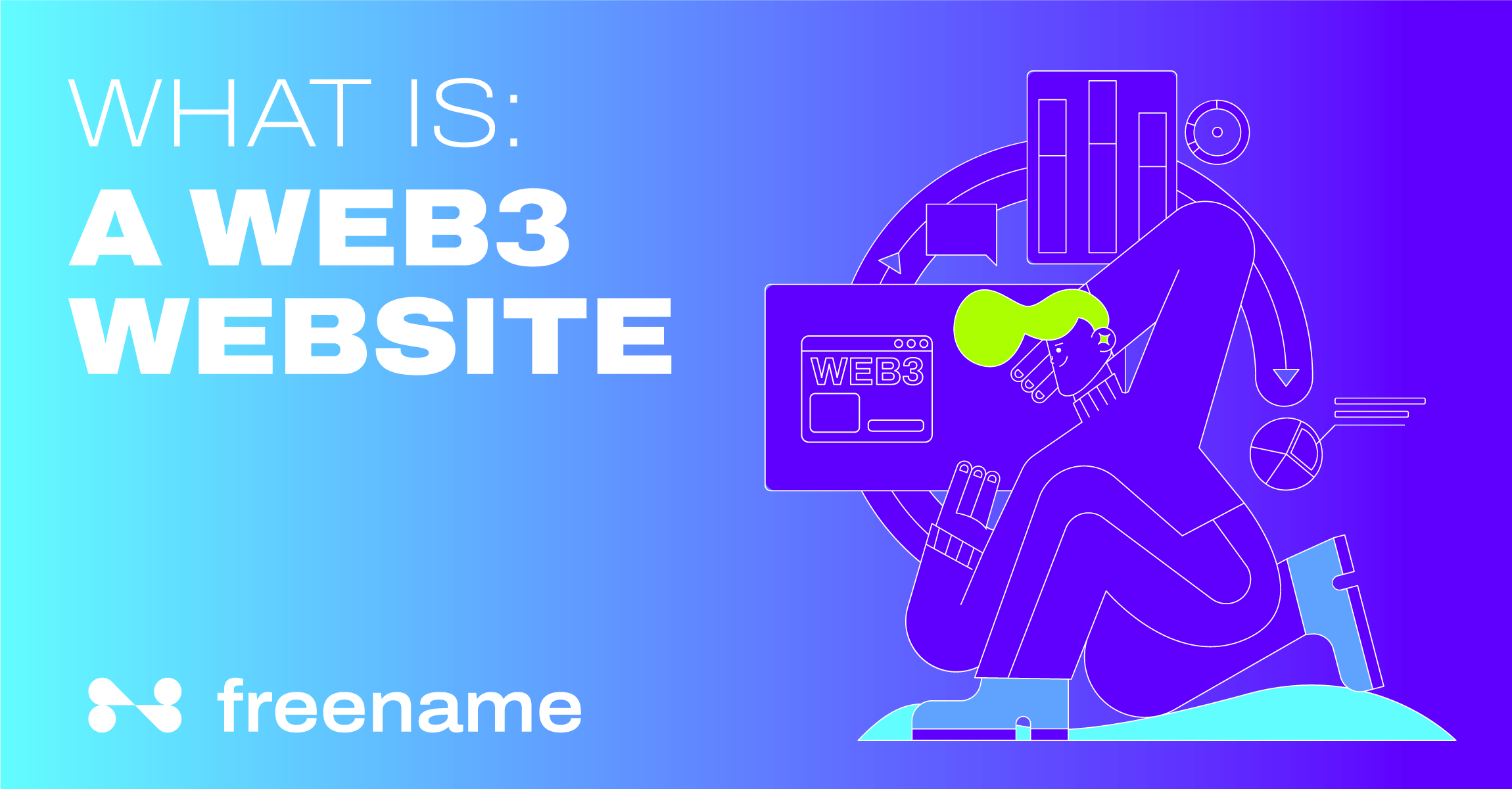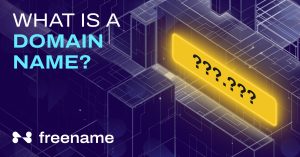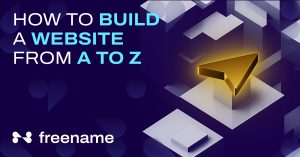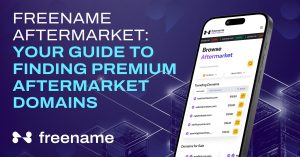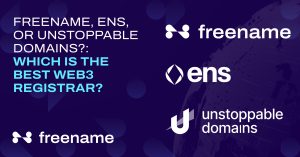What Is a Web3 Website?
The internet is always changing, and right now, Web3 technologies are leading the charge. They’re like a guiding light, showing us a path toward a more inclusive and community-focused online world. And right in the middle of this big change are Web3 websites, ready to shake things up and change how we do things online.
Web3 represents a paradigm shift, marrying the autonomy of Web 1.0 with the dynamism of Web 2.0. It holds the promise of granting individuals greater control over their digital footprint while leveraging blockchain technology to fortify security measures. With artificial intelligence, machine learning, and natural language programming in its arsenal, Web3 emerges as a potent force, capable of mimicking human cognition and communication patterns.
To grasp the essence of Web3, it’s crucial to juxtapose it with its predecessor, Web 2.0. In the current landscape, Web 2.0 thrives on targeted advertising, driven by the relentless tracking of user data by tech giants. This data, often sold to advertisers, fuels a monetization model that hinges on users’ digital footprints.

In stark contrast, Web3 is anchored in blockchain technology, decentralizing the transaction ledger and granting universal access to data blocks. This decentralization ethos empowers users, enabling them to reclaim ownership of their online experiences. Unlike the centralized model of Web 2.0, Web3 fosters inclusivity and democracy by rewarding user contributions with tokens, thus nurturing a more equitable digital ecosystem.
Freename: Bridging Web2 and Web3
Recent developments, such as Freename’s Web3 Browser Extension, epitomize the fusion of Web3 principles with practical applications.
One of the most significant advantages of this extension is that it enables users to surf the internet using Freename domains. Essentially, the plugin allows redirecting Web3 domains to traditional websites, including personal branding pages, company websites, and social media profiles. This is a significant step in the Web3 world, as it broadens the range of applications for blockchain-based domains and directly connects them to the traditional Internet world.
To use the Web3 Browser Extension, users simply need to install the extension and access the management panel of their Freename domain. From there, they can indicate the page URL to which they want to redirect the domain, making it easy to browse the domain. Users can browse the domain by using the “browse” button within the extension or by typing the domain in the navigation bar of the browser with “http://” as a prefix.
Overall, at Freename we want to be a pivotal link between the Web2 and Web3 domains, offering a suite of functionalities to enhance user experiences. Through innovative features like the Web3 WHOIS, users gain unprecedented transparency in the Web3 world, making it easier to find and access the information they need.
Freename’s Web3 ecosystem is increasingly integrated into the Web2 world, making it easier for users to utilize blockchain-based domains in their everyday activities. At the same time, the platform offers vertical functionalities that cater to the specific needs of users in the Web3 world, such as sending emails and surfing websites. This makes Freename a unique and valuable tool for anyone looking to expand their presence in the Web3 world or simply gain more transparency and control over their online activities.
Understanding Web3 Websites to Understand the Web’s Evolution
As we stand on the brink of a new era in internet history, Web3 websites herald a transformative phase in how we interact online. These platforms promise greater user control, transparency, and a decentralized structure that challenges traditional digital norms. Pioneering companies like Freename are at the helm of this revolution, steering us towards a future where the internet is not only a tool for information but also a platform for genuine user empowerment and equitable access. As the landscape of the internet evolves, we need to embrace these changes to navigate and benefit from the potential of Web3 and overcome technical difficulties.

